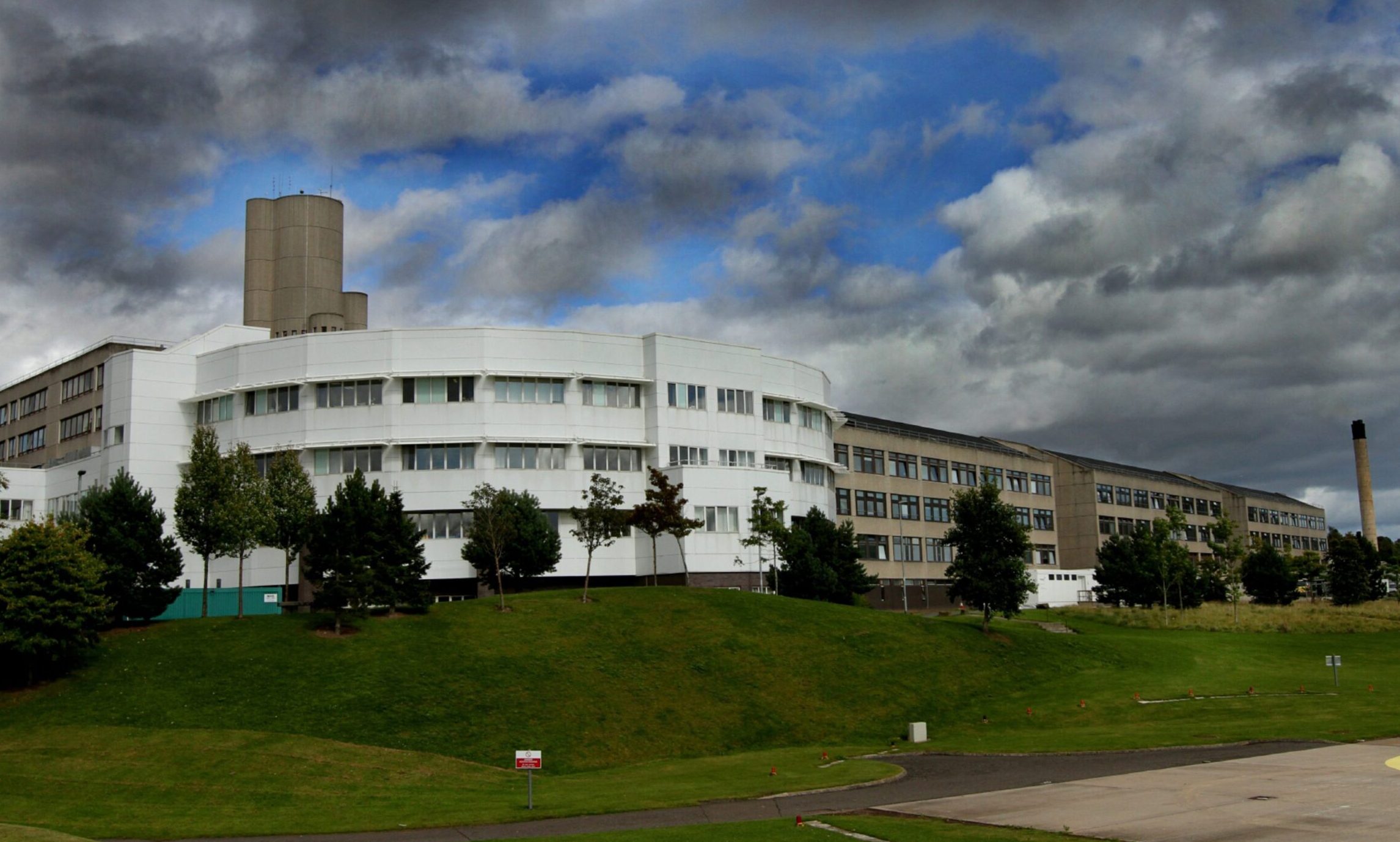A horse-drawn tram built in the 19th Century could soon take pride of place in Dundee Museum of Transport if cash can be found for repairs.
Built in 1897, the cart would would become the oldest exhibit in the museum but is showing signs of ageing after years as a makeshift garden summerhouse.
The charity-run attraction is aiming to raise £2,500 to fund the extensive refurbishment, which is partway through.
The horse-drawn vehicles were launched in 1877 by Dundee and District Tramway but by the turn of the century they were already being wound down.
Its last journey took place in 1900 when Queen Victoria was still on the throne.
Tram’s return to depot a ‘microcosm of local history’
The museum’s development officer, Irene Hallyburton, thinks the renovated Number 24 carriage will be a huge draw for people.
And she hopes it will be spruced up in time for the museum’s planned move into the old Maryfield Tram Depot sometime in 2024.
She said: “It will become a really important part of our display.
“They were only around for a short period of time but it’s a bit of an iconic object and something people have investment in.
“We’re taking it back to the tram depot. It’s almost a microcosm of local history that we’re going to hold there.
“We’ve obviously got Dundee’s buses in the museum and it will be nice to have that continuity of public transport.
“We don’t have anything this old on display so it will be a real draw.”
Trams sold off in early 20th Century
The bench seats would have enough space for around 24 people but up to 30 would have squeezed in.
It was decommissioned just four years after it was built by GF Milnes of Birkenhead, who were known as one of the best tram builders in the country.
Many were sold off and used as summerhouses, including the Number 24 which was sourced in a Perthshire garden.
It would join another renovated horse-drawn tram named the Auld Tram in the city centre which now operates as a takeaway kiosk run by the Bridgeview Station Restaurant.
Some work has already been completed, included replacement of windows and fabric as well as adding internal supports to prevent further deterioration.
It is all being carried out by local volunteer Jim Clark, an engineer and former technical teacher, and Brian Ireland, a former construction project manager who worked for the British Armed Forces in Afghanistan looking after airfields.
Crowdfunding bid
The £2,500 now being crowdfunded should see the main body of the tram fully restored while £2,000 of the museum’s own money has been spent so far.
The repair work, which will include construction of a custom-built chassis, will cost in the region of £14,000 in total.
Ms Hallyburton added: “The interior is still in incredible condition with beautiful tinted glass inside. The standard of craftmanship at that time is really impressive.
“It’s mostly the exterior that is the issue and that will need more money and a lot of work from Jim and Brian, who are so dedicated to the project; they’ve been amazing.
“Some of the streets the trams would have travelled along wouldn’t have looked much different to today.
“Perth Road, which I think was on the route of this tram, still has the big jute baron homes.
“We’re hopeful of getting it ready by early to mid 2024.”














Conversation